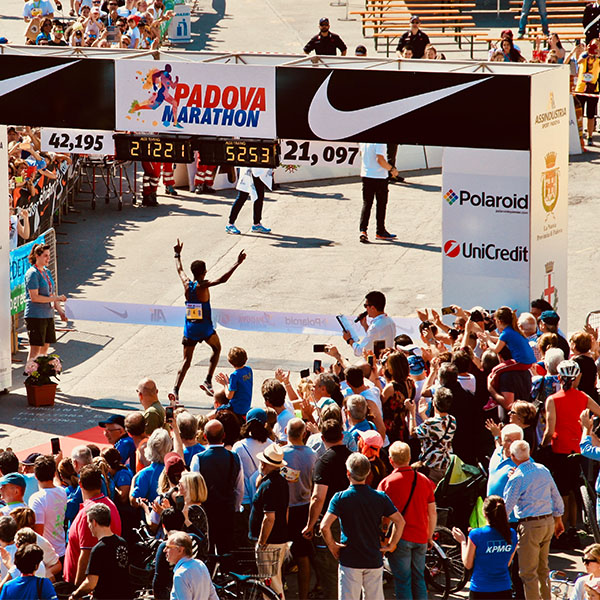Pressure can have a significant impact on an athlete’s performance. They can either use it or let it use them. Pressure can make a performance or break it.
However, if your athletes know how to handle pressure situations correctly, it will stop hindering their performance and instead give them an edge over other competitors. Controlling pressure isn’t a skill an athlete is just born with, but one that is learnt – and one that you can help your athletes develop as their coach. Here’s how…
The 3 benefits of pressure training
Pressure training consists in trying to recreate situations that produce a pressured response. This training may not necessarily lower the amount of pressure your athletes feel in a competition but helps them better respond to the pressure.
It prepares the athlete for competition by putting them in similar high-pressure circumstances, therefore improving performance. Research has shown that this type of training has three main benefits…
-
Athletes learn practice and coping skills
Pressure training can help your athletes manage anxiety and nerves whilst under pressure. They will be prompted to practice these skills in training, which they can then transfer to competitions.
-
Can increase quality of training
The added pressure replicates competition in training. This means your athletes will be more motivated and increase effort in pressure training sessions. This is because these sessions give a real indicator of competitive states.
-
Athletes learn to change their relationship with pressure
Pressure training teaches competitors to change how they view and interpret pressure. Nerves should not always be seen as bad but a natural response to an important situation. Pressure training can help your athletes understand that nerves are not always going to hinder your performance.
How to create pressure situations in training
To effectively pressure train your athletes, you should create a pressure situation for your athletes to learn how to properly deal with pressure.
It allows your athletes to become acclimatised to pressure. But don’t forget that you may see your athletes have different coping mechanisms –these things are unique to each of them, so do not worry. So, what could you do to recrate pressure in training?
Manipulate your athlete’s perception of control
Research shows that when athletes believe they do not have control of a situation, it appears more threatening to them. This raises anxiety levels and as a result worsens performance. In competition, your athletes can not control every element they are faced – with therefore, replicating this in training mimics real life situations.
Try to give your athletes verbal cues such as “how well you do on this is out of your control” – thinking they have no control over the situation will raise their anxiety levels. It will force your athletes to find the necessary tools to use in this situation to still be successful, and later transfer this to competition.
Create evaluation apprehension
Evaluation apprehension is the worry of being judged by others. It is usually seen in high pressure situations, such as being watched by a scout.
In training, you can create evaluation apprehension by using video cameras. If your athletes know they are being recorded and analysed, this can raise their pressure levels. You could also get external observers to watch your athletes in training sessions, to mimic the pressure created by the fear of failing in front of others that happens in competitive situations.
Introduce the element of consequence
If your players are aware that their performance in training sessions could have consequences attached, this creates pressure as they feel the extra need to perform well. Your athletes will work harder to not be penalised or to be rewarded, which will improve the quality of their training and increase motivation levels.
Try to introduce mild forfeits such an extra lap around the track or 10 press-ups after the session as a consequence for unsatisfactory performance. This will place your athletes under pressure when they are performing.
Even though these are not identical to real life competition situations, the element of consequence is still important to experience. In real competition, consequences could look like relegation into a lower league or failure to make the finals – something you definitely want to prepare for.
Final thoughts
Pressure training is an important practice method that teaches your athletes to successfully perform in high pressure situations. Your athletes will become acclimatised to the pressure being presented to them and learn skills that will help them handle pressure effectively and perform at their best when it really matters: in competitive situations with high stakes.





